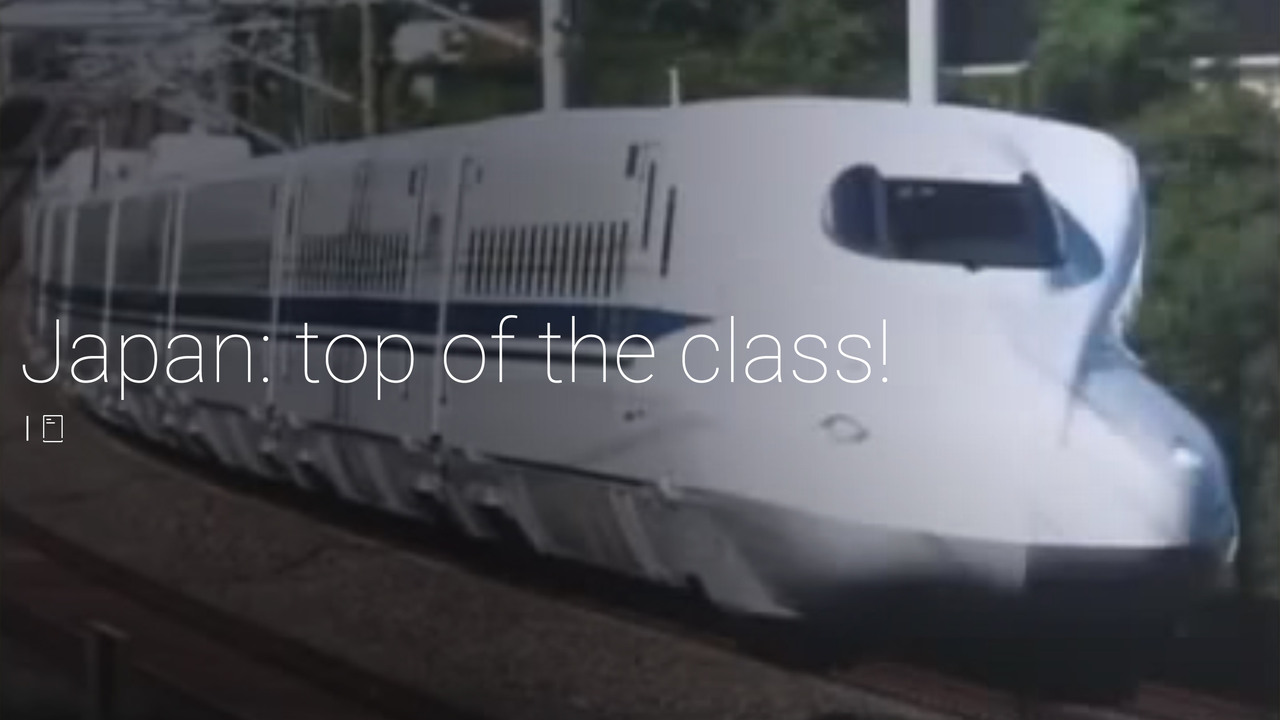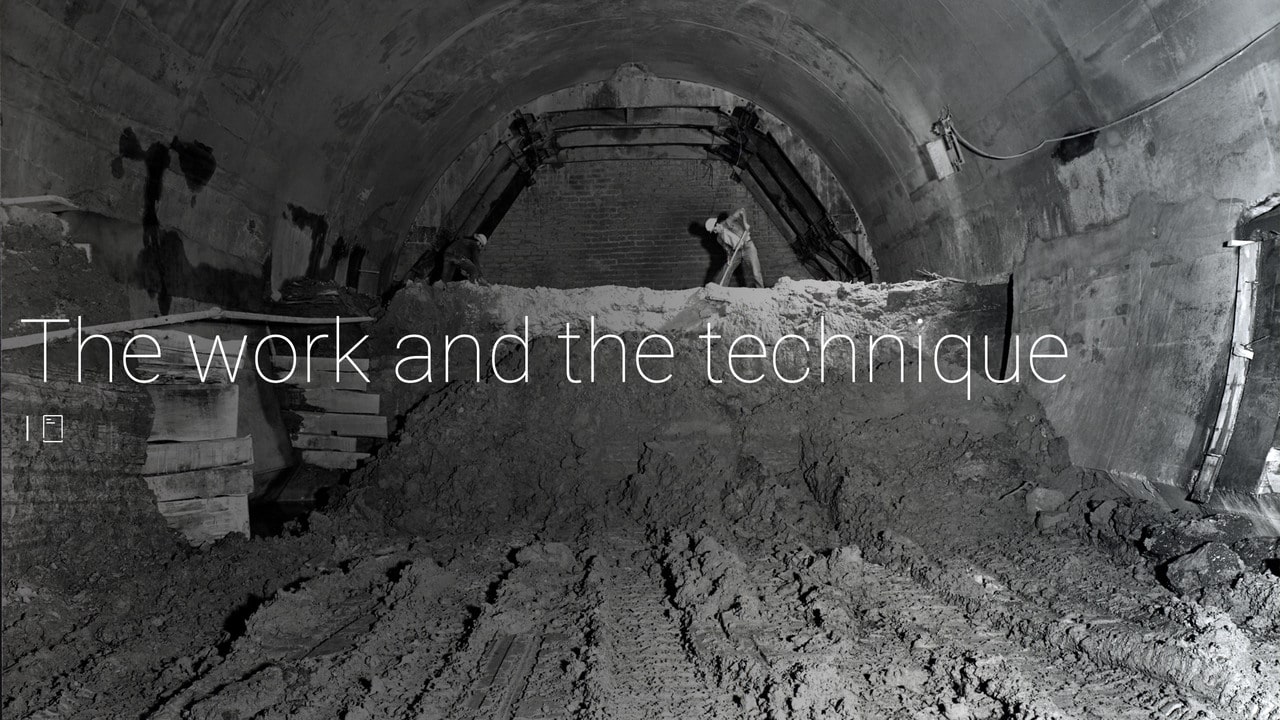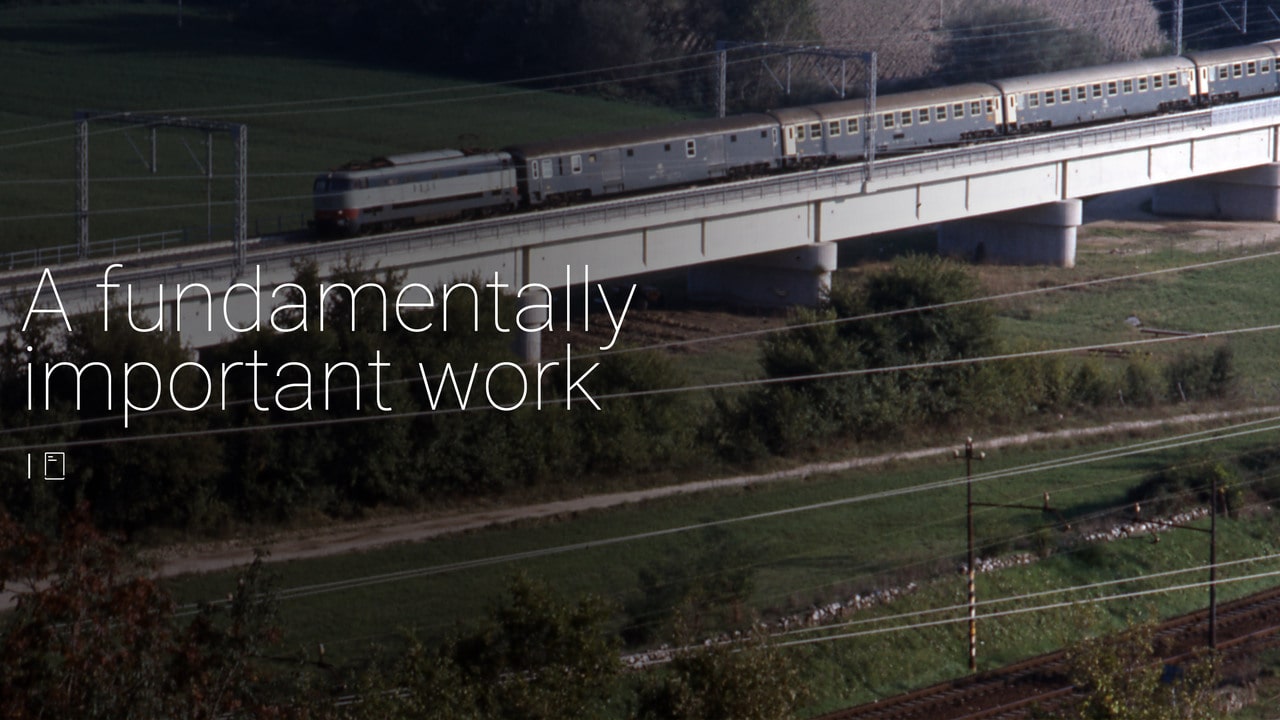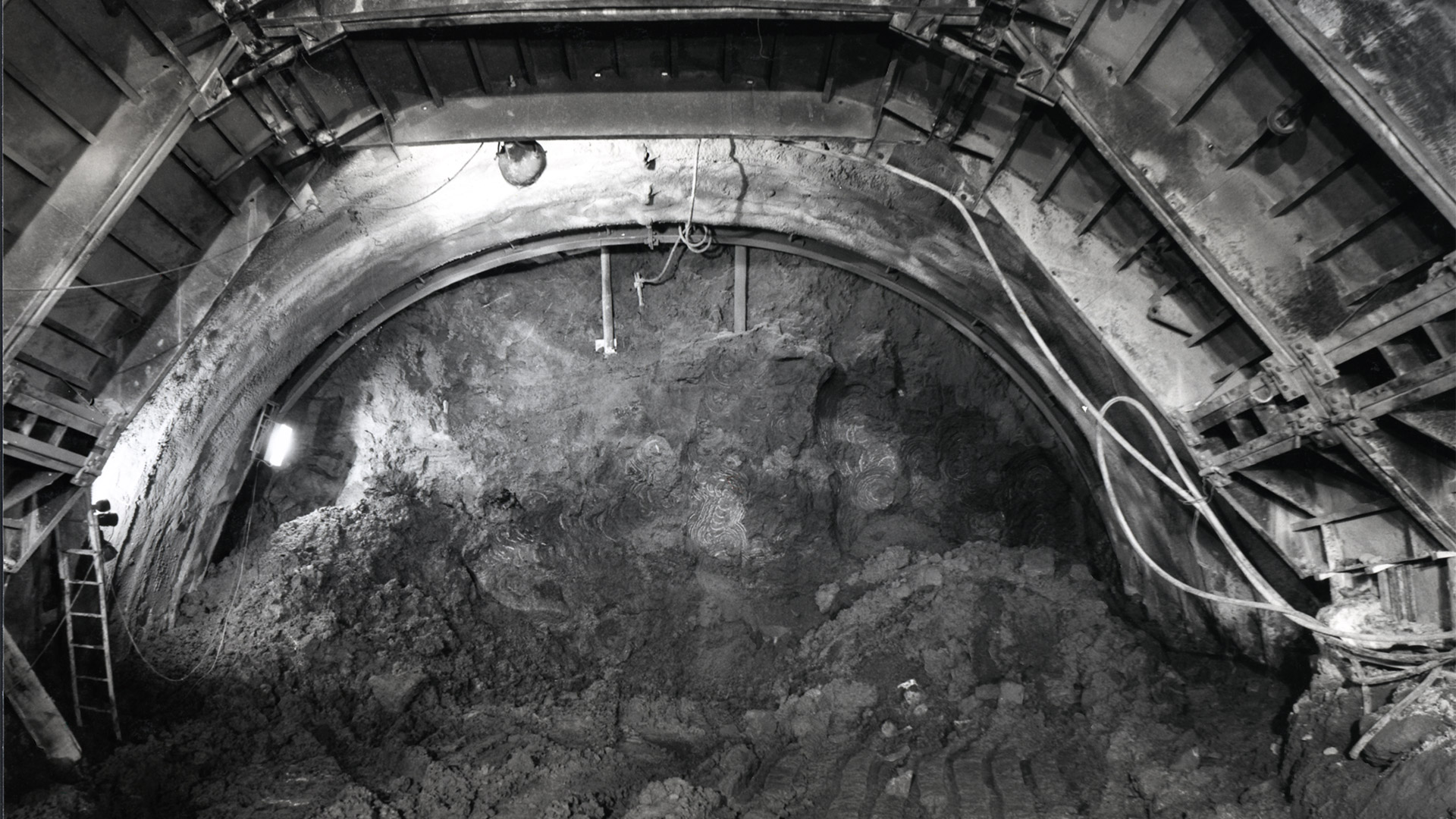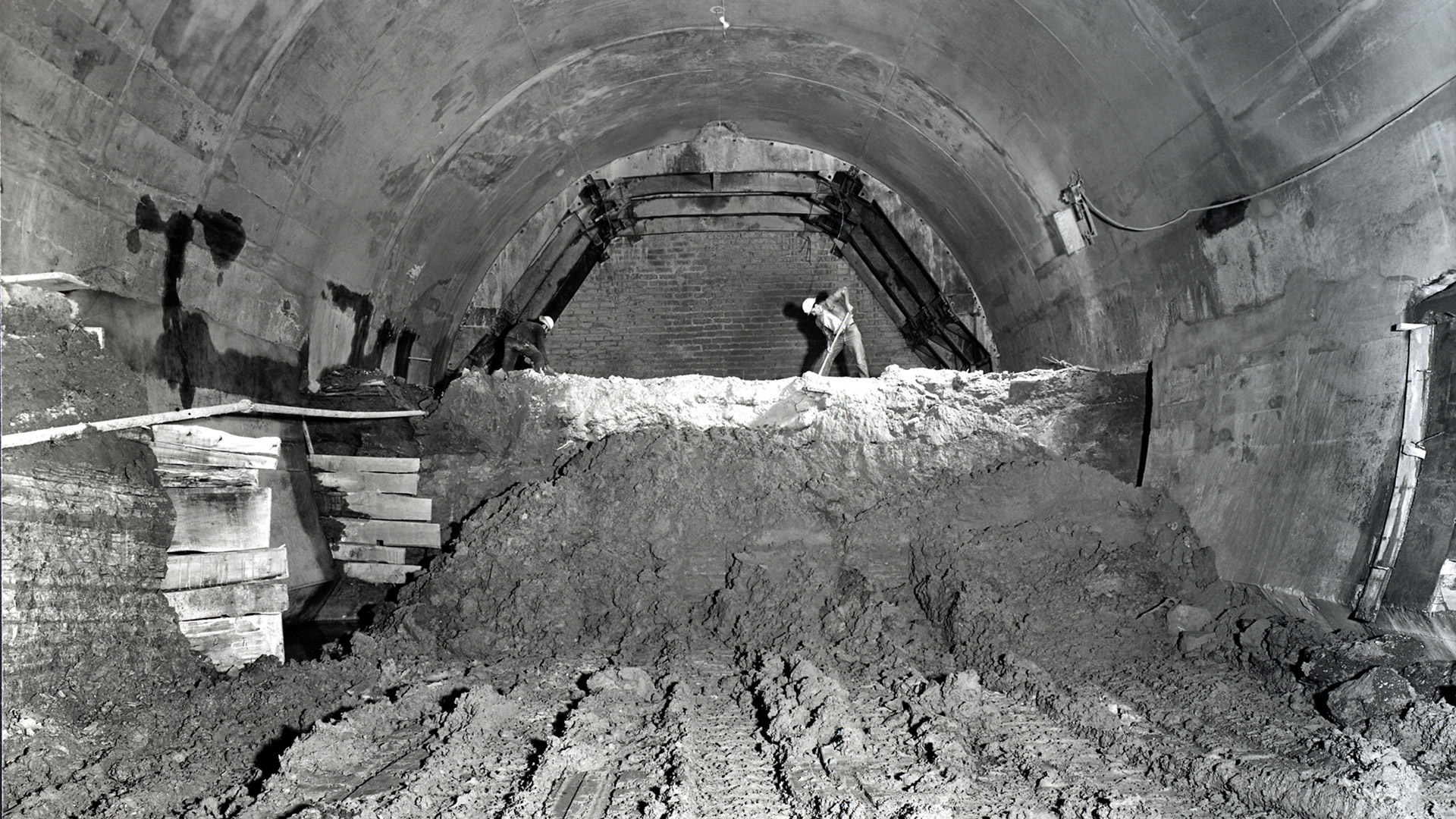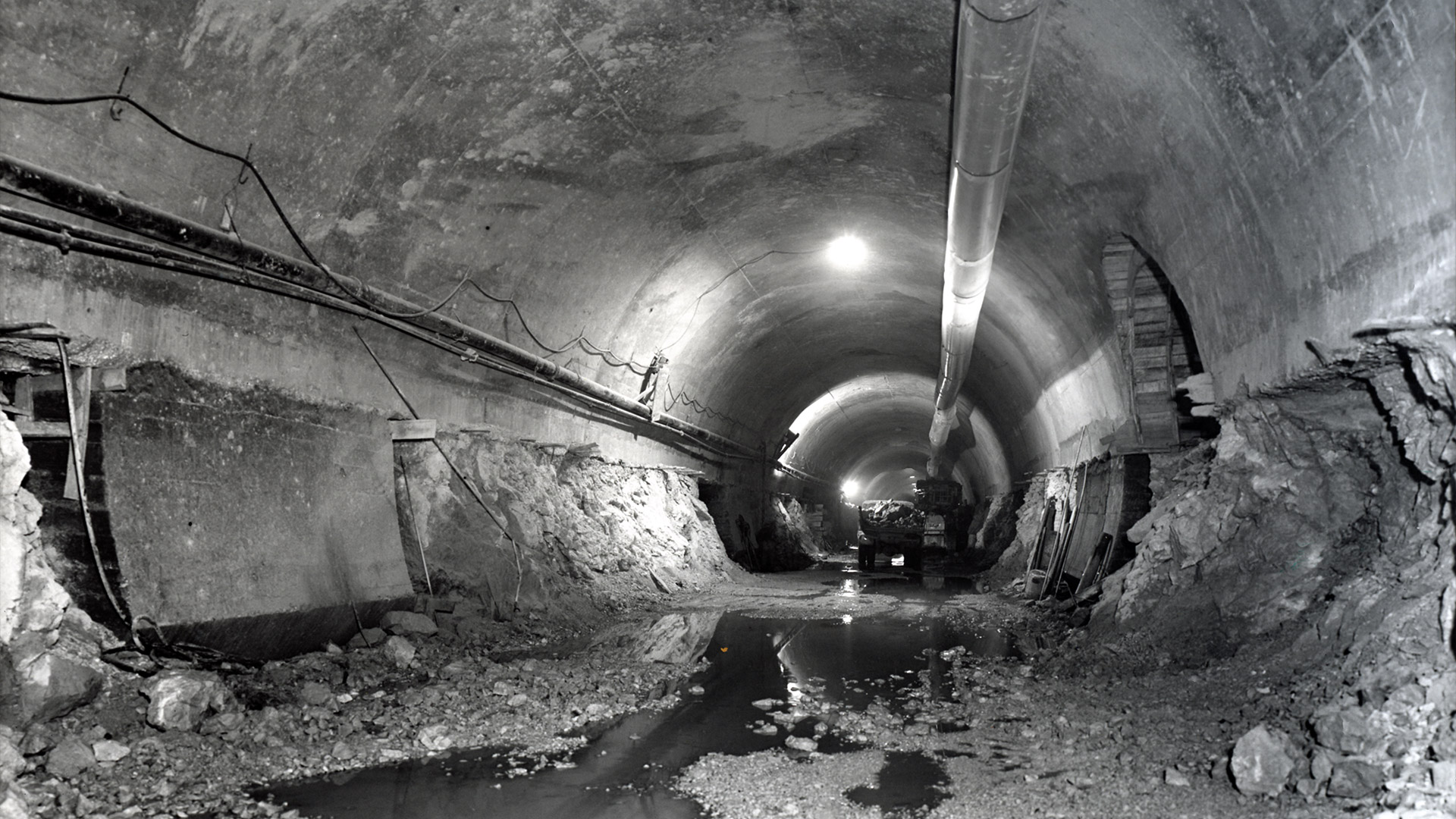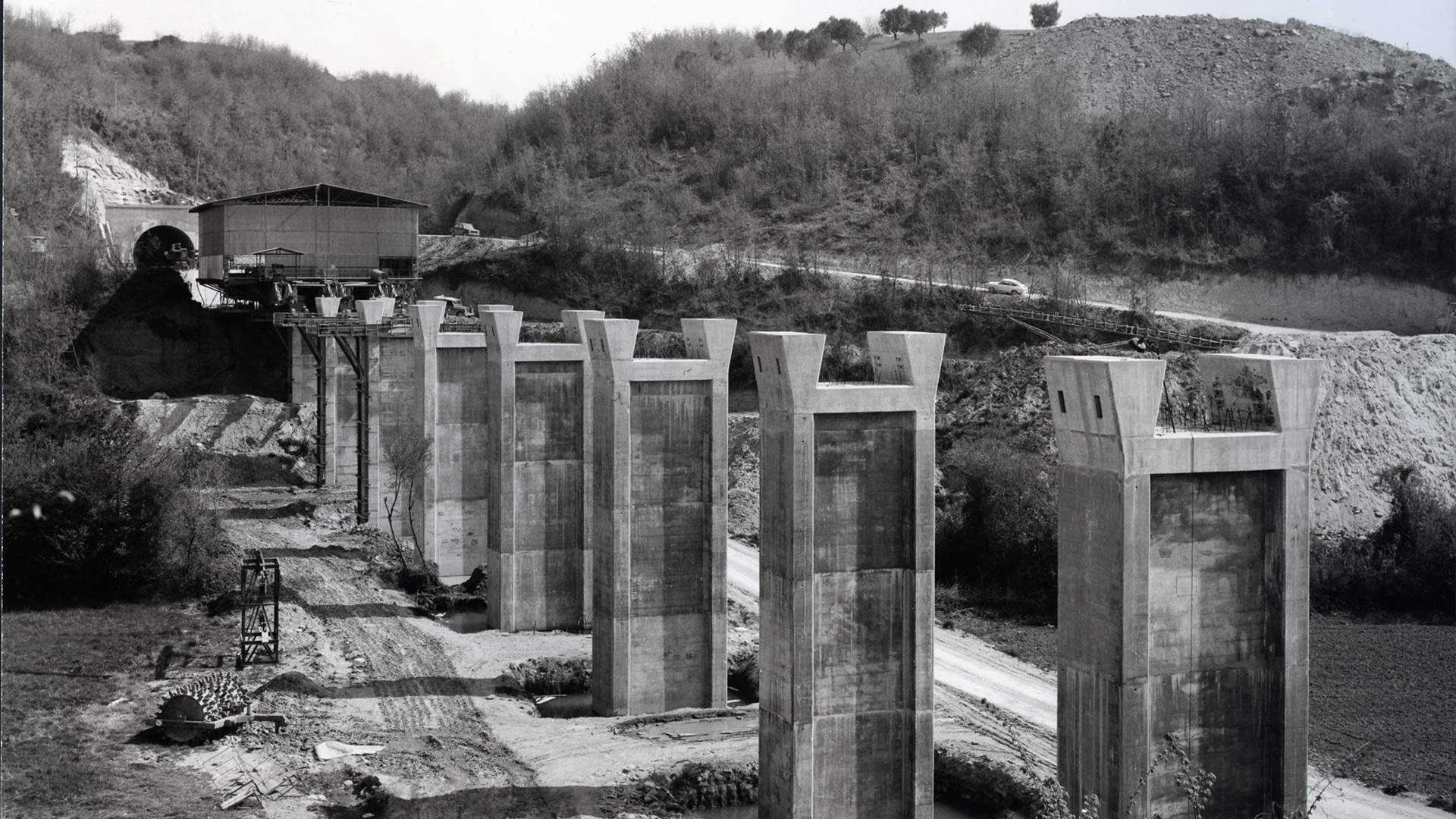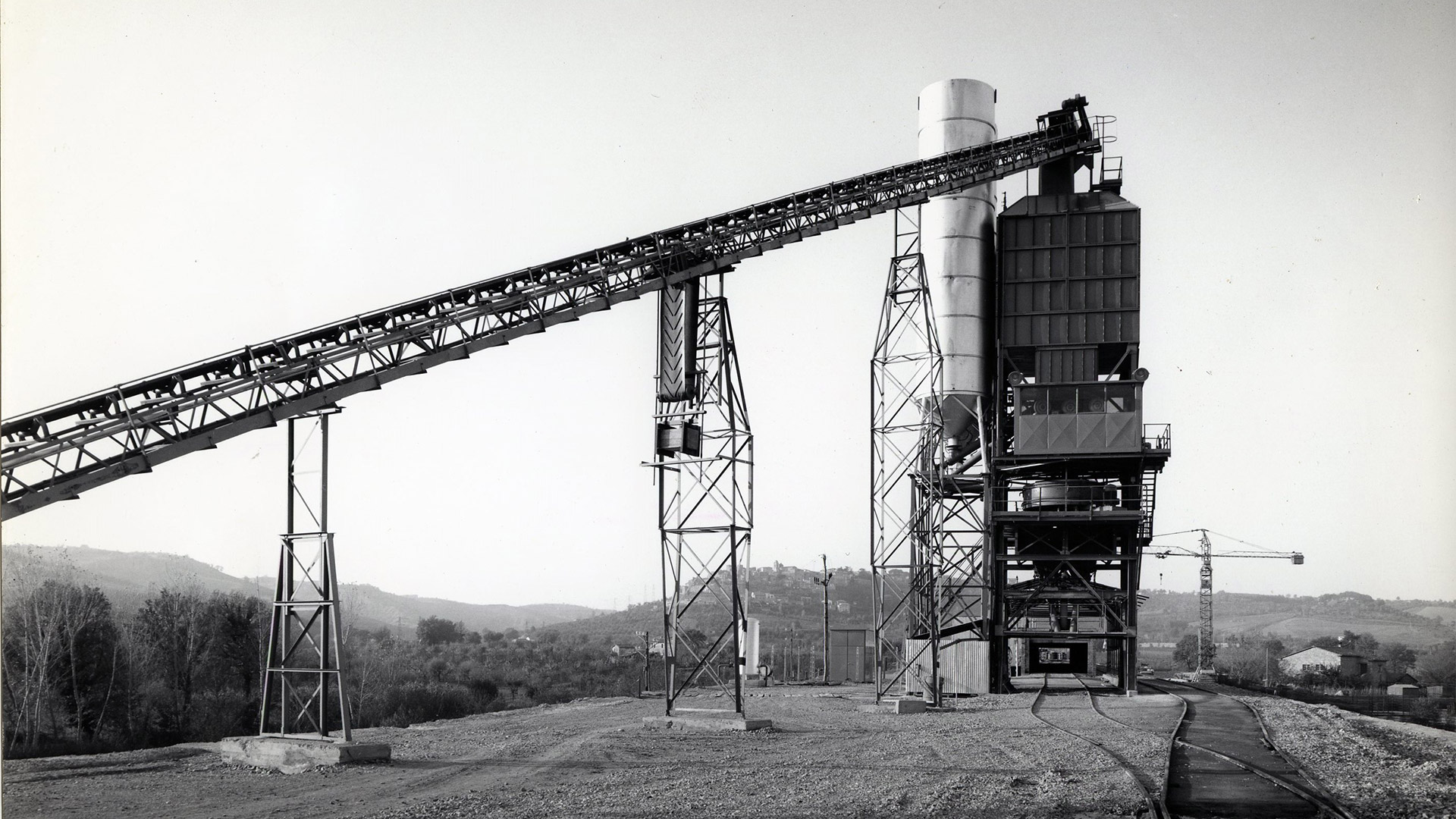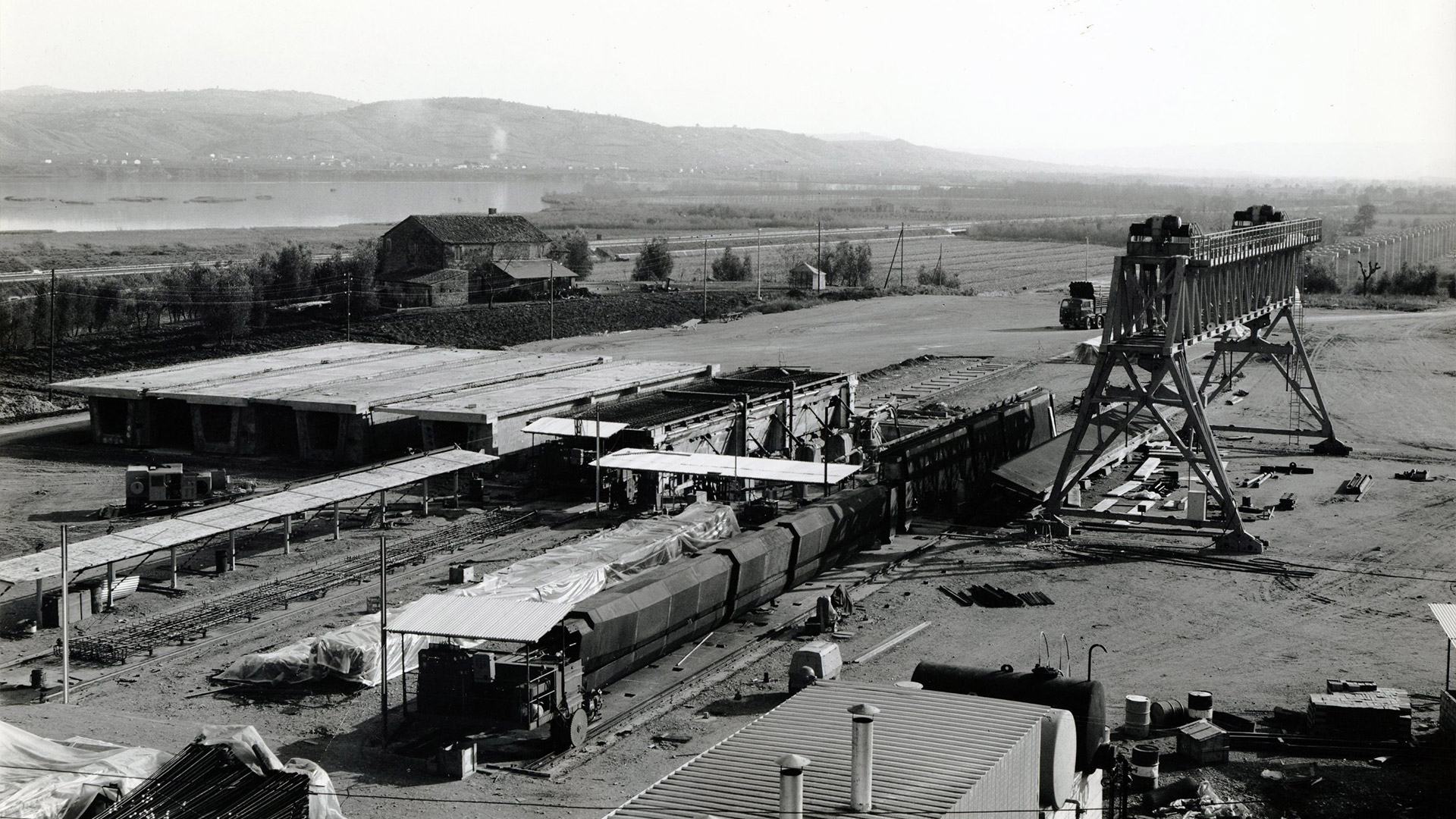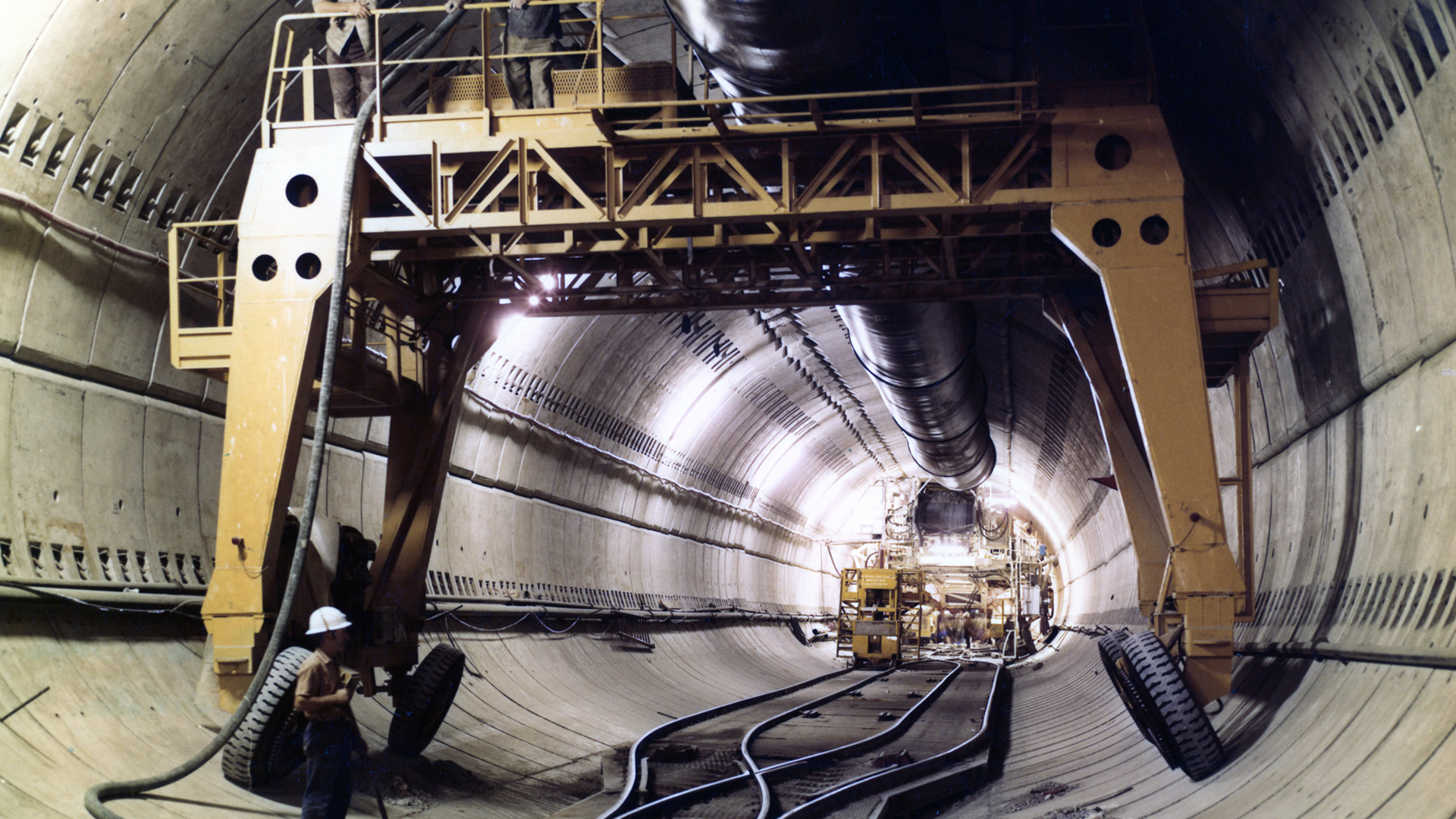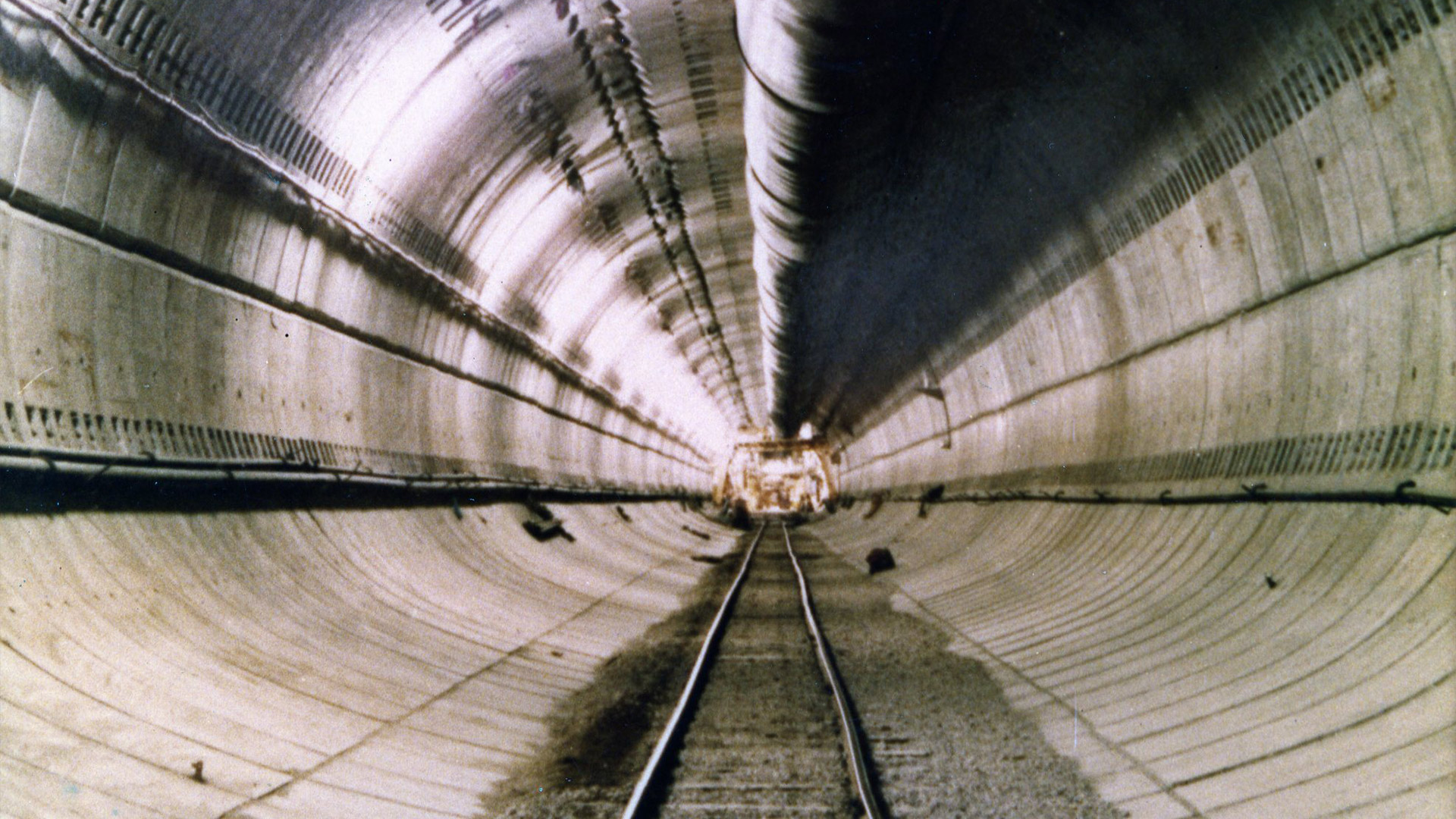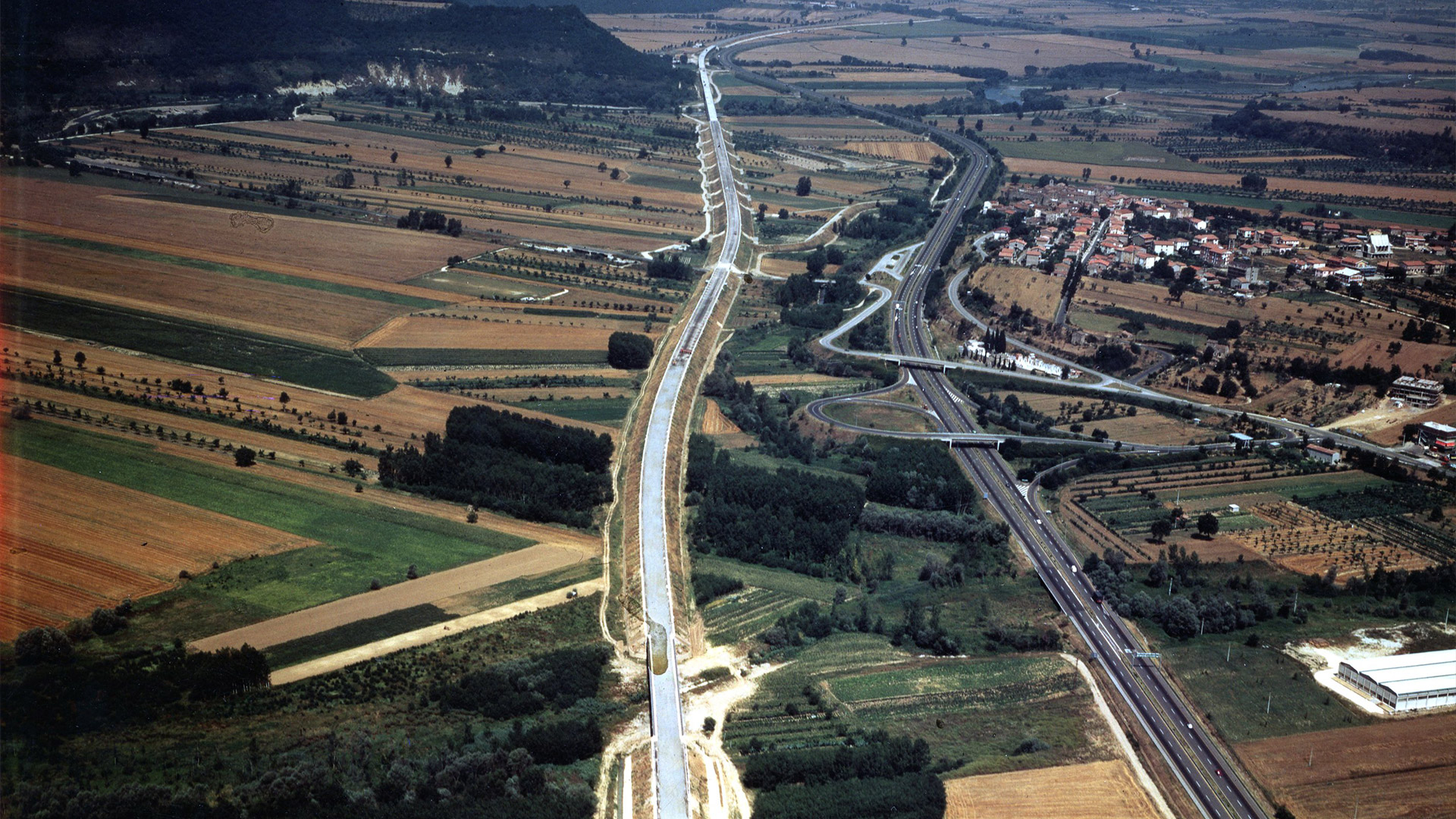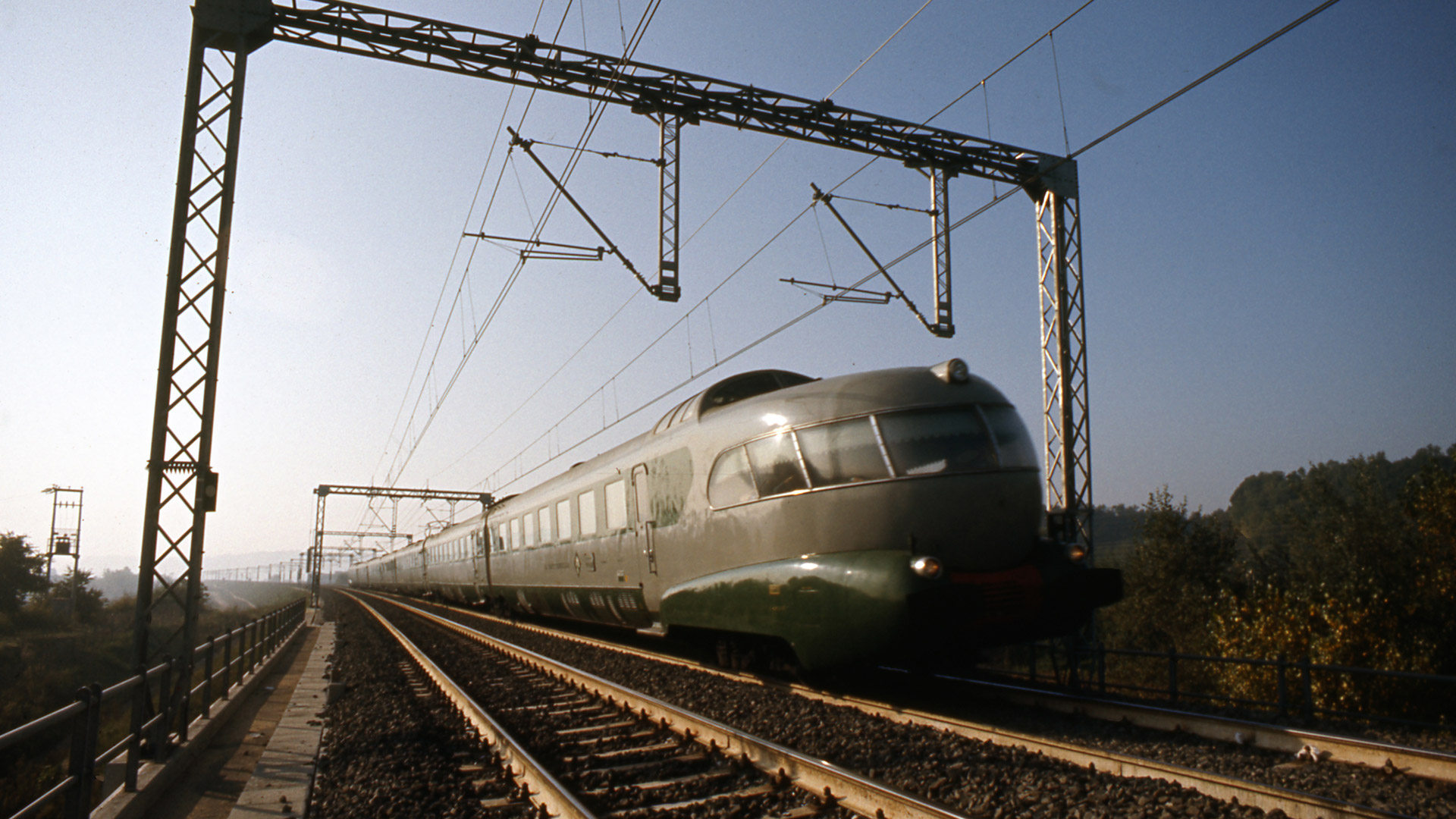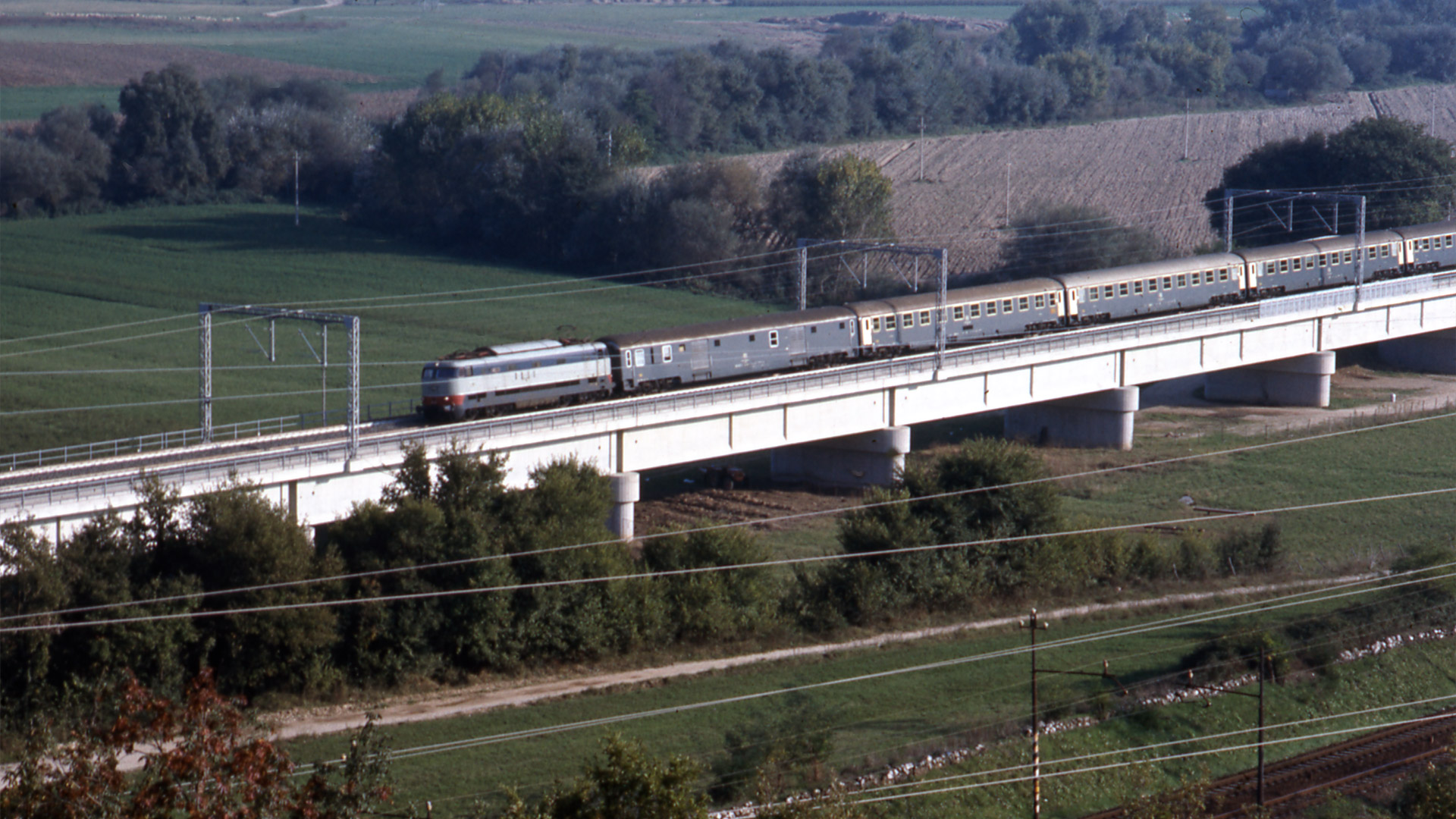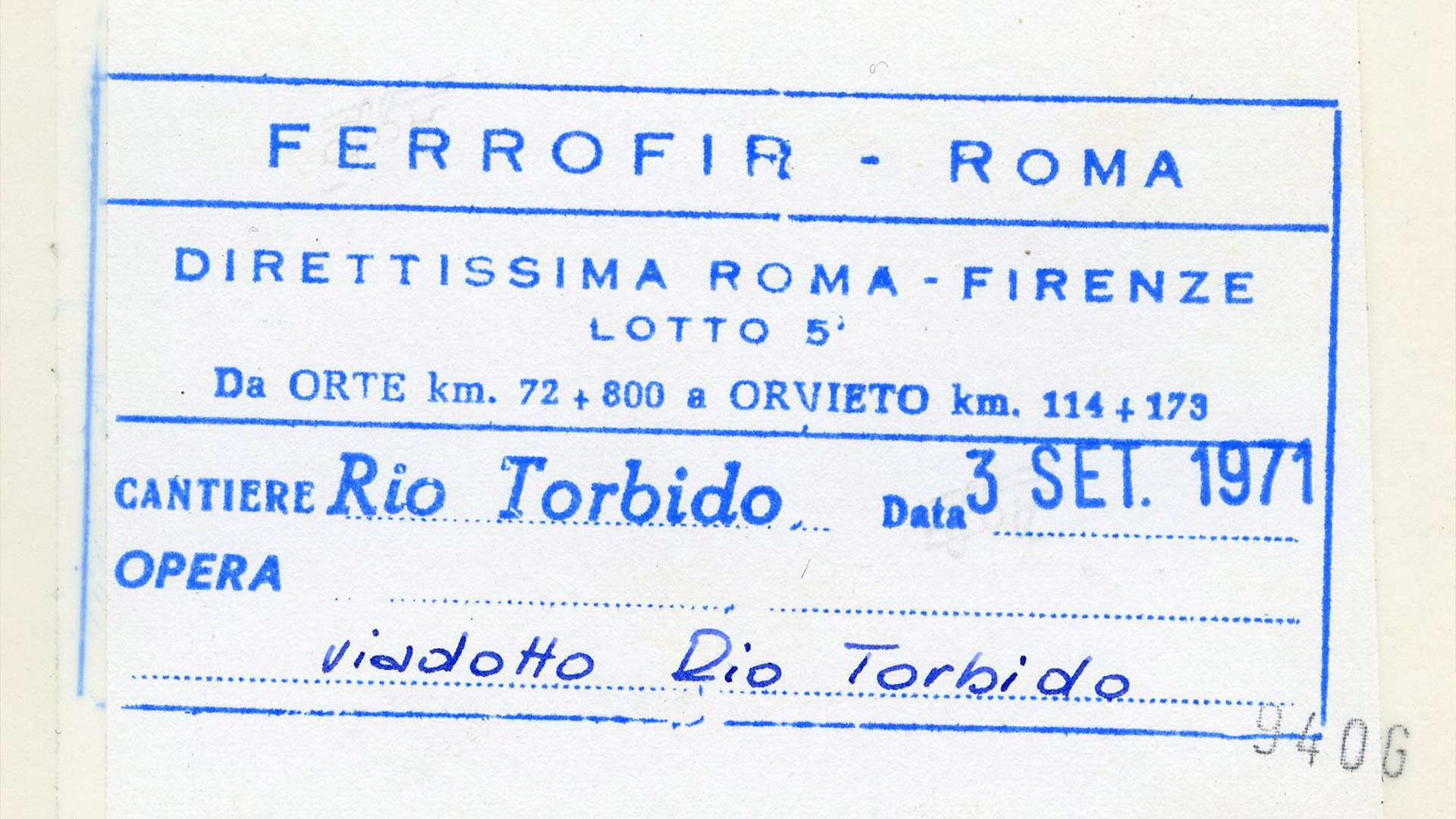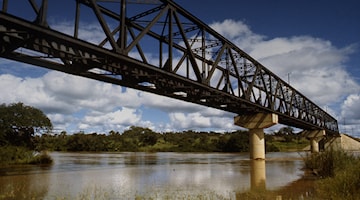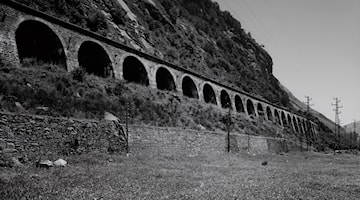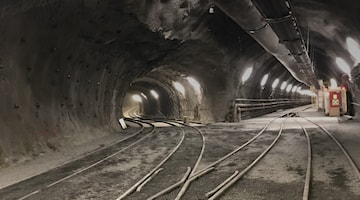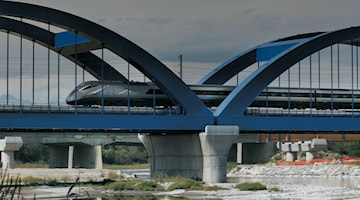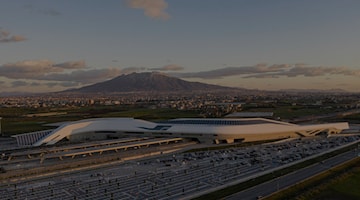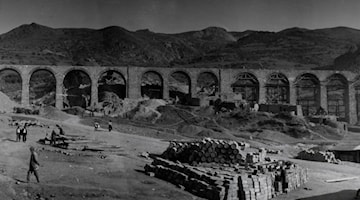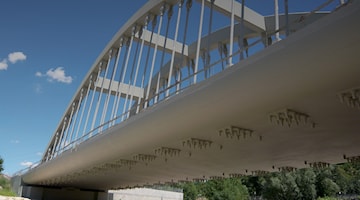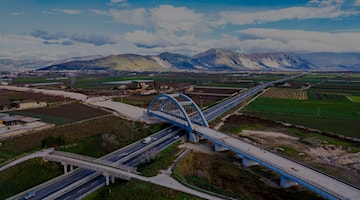Faster than light! Well, not really... But just about!
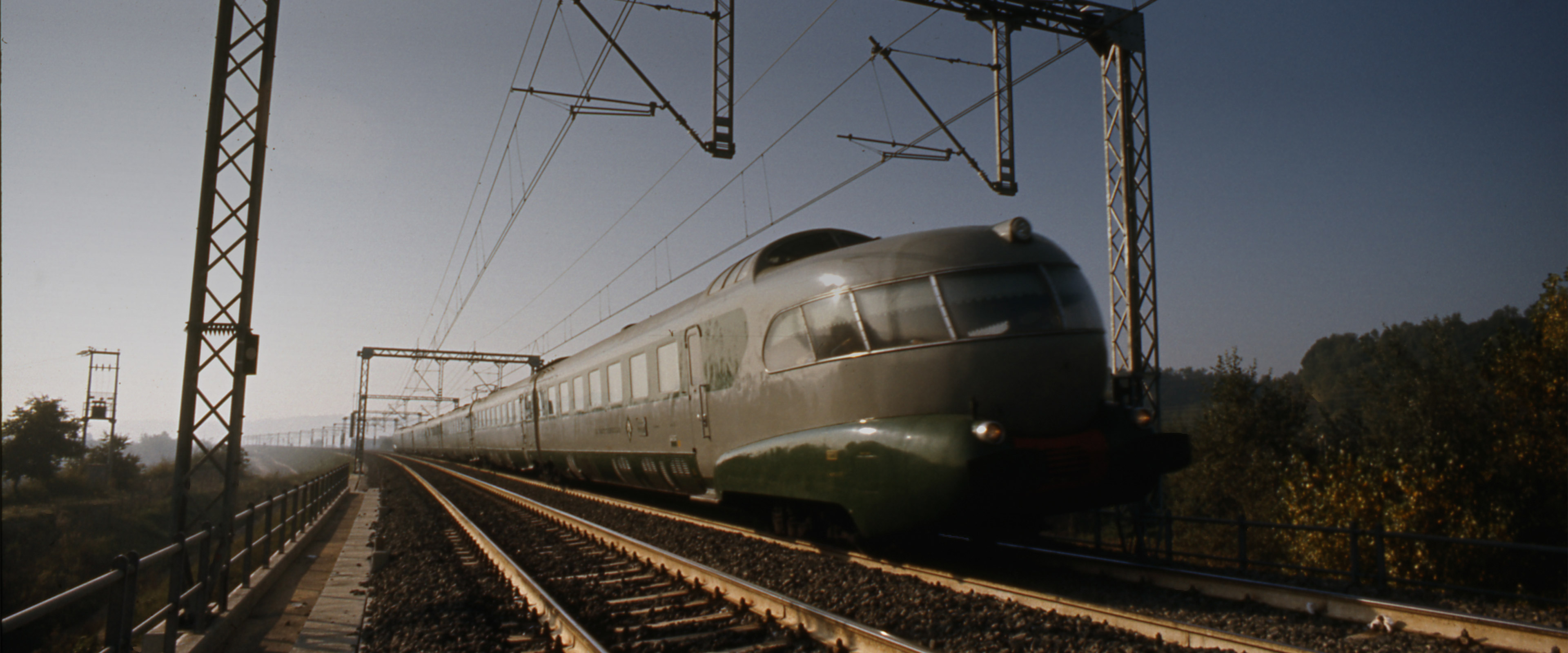
"DIRETTISSIMA" ROME-FLORENCE HIGH-SPEED RAILWAY LINE, ITALY
In terms of high speed, Italy has little to envy the most advanced countries. It can boast one of the first fast trains (under the old definition): the ETR 200 electric train from 1936. On 20 July 1939, this train travelled from Florence to Milan at an average speed of 165 km/h reaching peaks of 203 km/h. And that is not all.
The first high-speed line built in Europe was also Italian: the Rome-Florence Direttissima, opened on 24 February 1977 (the Rome-Città della Pieve section). After the inauguration of the Città della Pieve-Arezzo (1985), Valdarno-Florence (1986) and Arezzo-Valdarno (1992) sections, the Rome-Florence high-speed line was then completed: 254 km covered in just over 1 hour at a maximum speed of 250 km/h.
Electrified, with a double track, almost straight and free of level crossings, the new line measures 61 km less than the pre-existing one (315 km), which was created by joining various other lines. The old line was so slow and tortuous that it was urgently necessary to correct its bends and curves in the 1930s. But it was only in 1968-69, after various events, including the war, that the new project was finally approved and financed.
The years between 1970 and 1983, with lots I-V-VII, saw the building of 100 km of route, the excavation of four million cubic metres of material, and the construction of two bridges with six spans (over the Tiber), plus 14 viaducts and 14 tunnels. These include the Castiglione tunnel in Teverina (7,390 metres long), the world's first tunnel with an excavation section of about 100 square metres excavated with a closed shield Robbins tunnel boring machine with a horseshoe excavator arm, which progressed at a rate of 16.5 metres a day. It is the fourth longest of the 30 tunnels on the line (which cover approximately 77 km, for over 32% of the entire route). The three largest viaducts are Orvieto (1,949 metres long, 69 spans), Tiber II (1,333 metres long, 49 spans) and Rio Torbido (950 metres long, 38 spans). All three comprise prefabricated decks of prestressed reinforced concrete resting on piles.
Today the line is part of Axis 1 of the TEN-T Trans-European Railway Network, and since 2009 it has been connected to the Rome-Naples high-speed line, which makes it a strategic axis for both freight and passenger transport for Italy and all of Europe.
In 2024, the entire line was also equipped with the ERTMS system , the most advanced train spacing supervision and control system. In short, a piece of the future in an area that is rich in history and has been strategic since ancient times: from the Etruscan confederation to the alternation of Florence and Rome as the capitals of Italy. An example? The 104 works of art in the section between the stations of Orte and Orvieto.

THE WORK AND THE TECNIQUE
KM ROUTE
JOURNEY TIME
KM/h MAXIMUM OPERATING SPEED
Excavations: 900,000 m³
Earthworks: 1,300,000 m³
Tunnels: 9 (for a total length of 19,000 m)
Viaducts: 14 (for a total length of 4,700 m)
Bridges: two (with six spans) over the Tiber, each about 200 metres long
Track laying (double): 36 km
Embankment volume: 1,000,000 m³
Excavations: 2,700,000 m³
Embankment volume: 4,900,000 m³
Concrete: 900,000 m³
Steel for reinforced concrete: 52,500 t
Excavations: 400,000 m³
Embankment volume: 1,600,000 m³
Concrete: 390,000 m³
Tracks: 47,800 mt
Tunnels: 5 (for a total length of 3,100 m)
Ministero dei Trasporti e della Aviazione Civile - Direzione Ferrovie dello Stato
Consorzio Sacop-Moviter-Girola Spa (Sacop and Moviter subsidiaries of Impresit)
The DirettissimaRome-Florence is a 3kV direct current electrified railway line; it is a reversible working double track, i.e. a line that allows trains to travel in the same direction on both tracks without changing the requirements for train traffic.
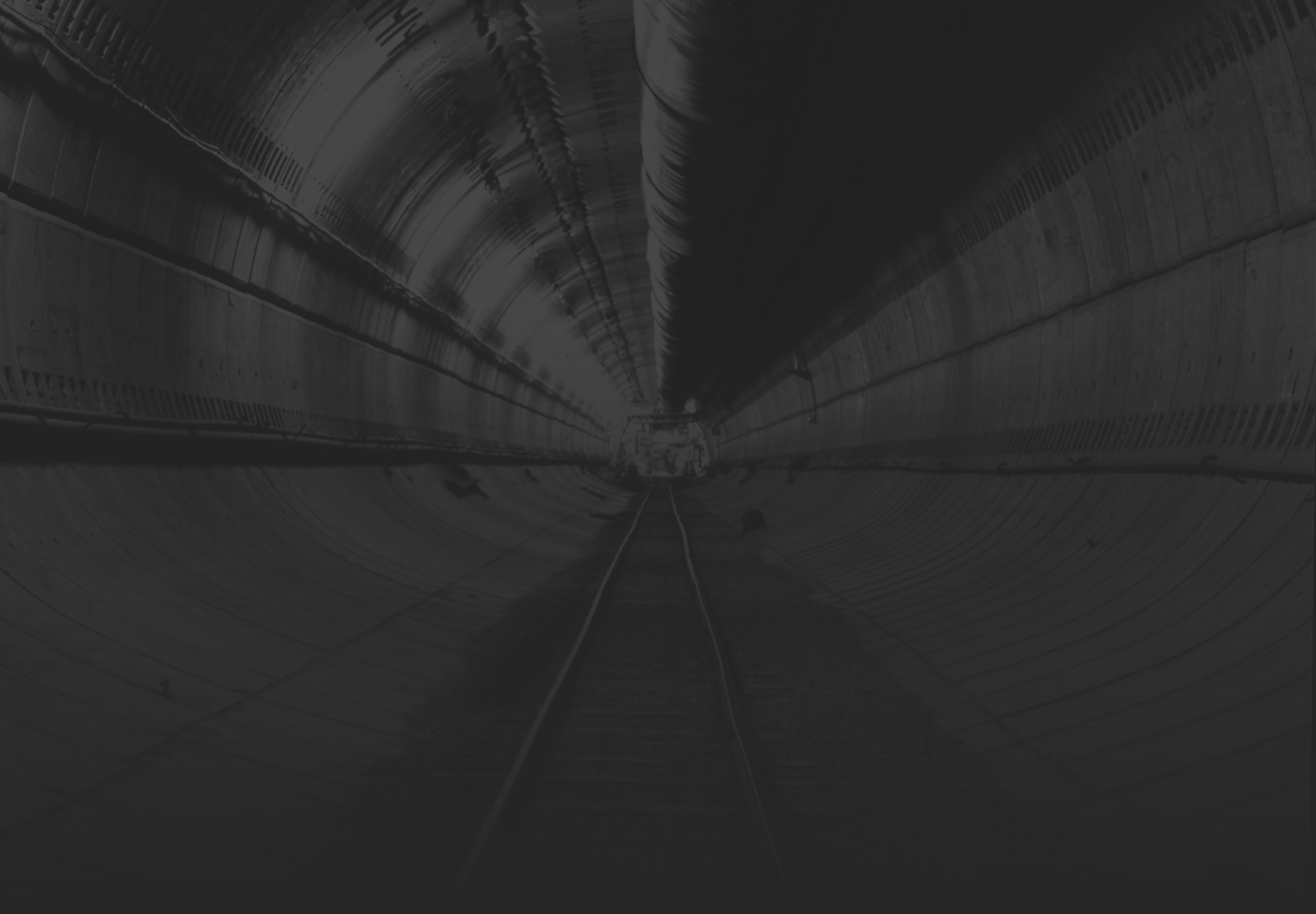
CULTURAL INSIGHTS
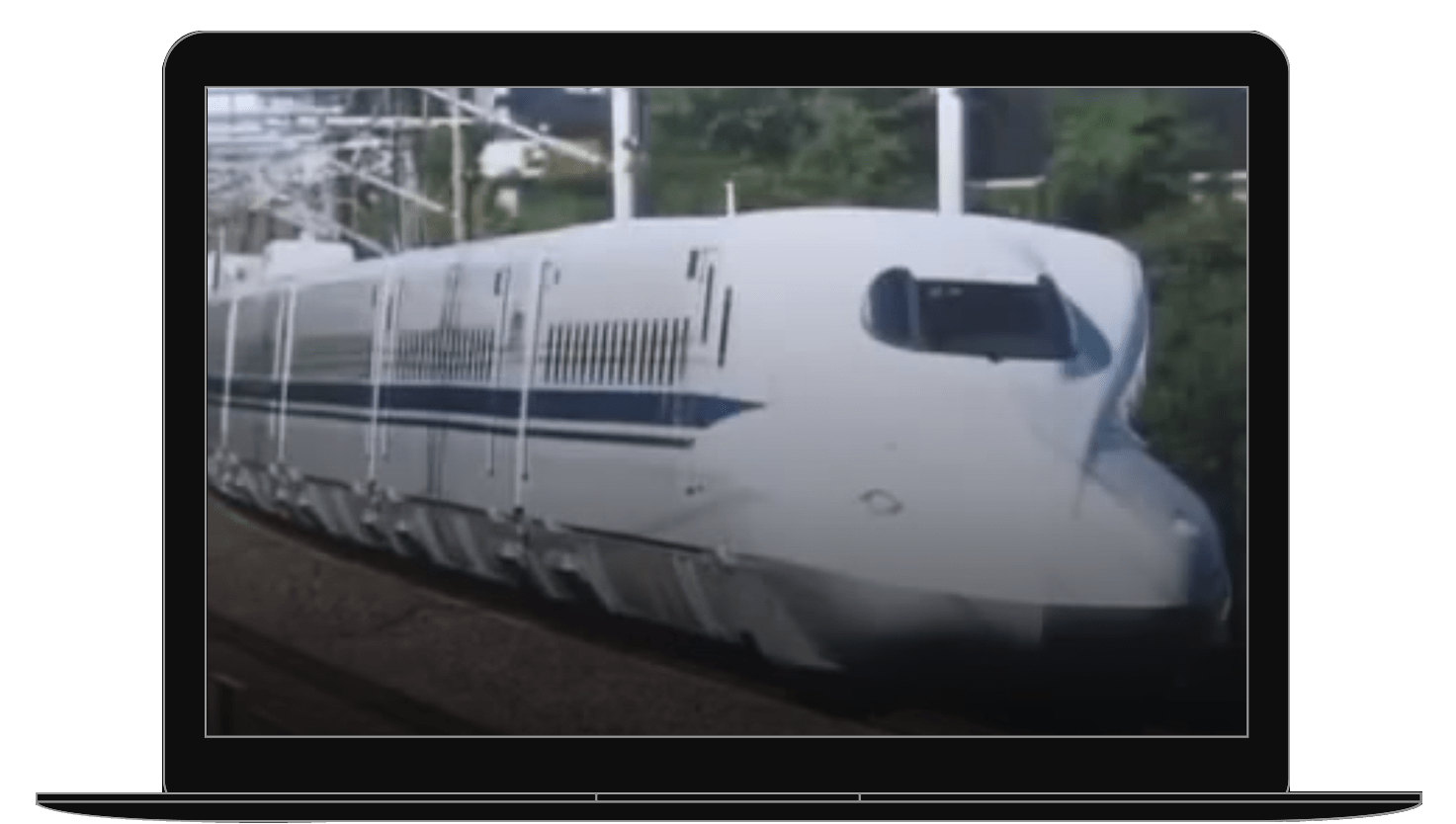
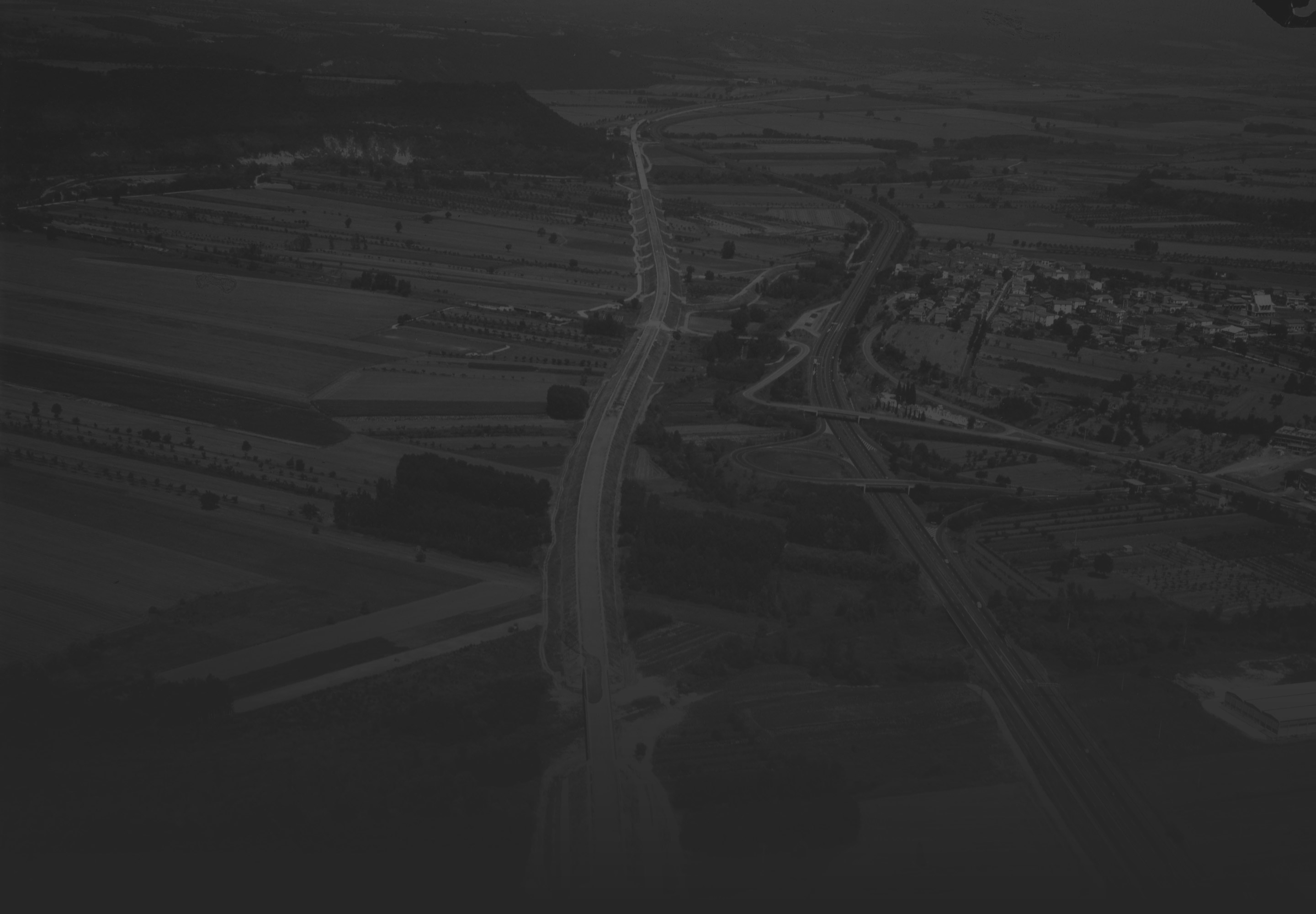
A fundamentally important work
The Milan-Naples route has always been an essential part of Italian rail traffic, besides being the most important artery of Italy's mobility logistics. In the aftermath of the Second World War, some 30% of Italy's goods and passengers moved along this route.
Despite the many modernising interventions, the doubling of the track-axis done in 1933 and of the fact and the electrification of the whole itinerary, the line that connected Florence to Rome was still a very slow one, with peak speeds under 105 km/h.
Building the "Direttissima" was therefore a fundamental work, because it reduce both travel times and the actual length of the journey (some 60 km less). In the section between Florence and Rome, in fact, the possibility of employing new electric trains with increasing operating speeds has contracted the theoretical travel time below one hour, compared to the three after World War II, and more than nine in the last decades of the 19th century.





